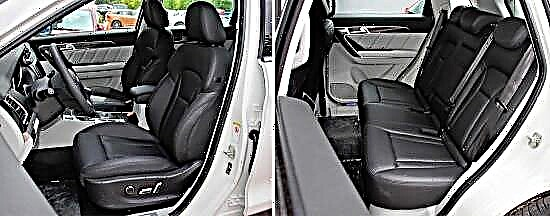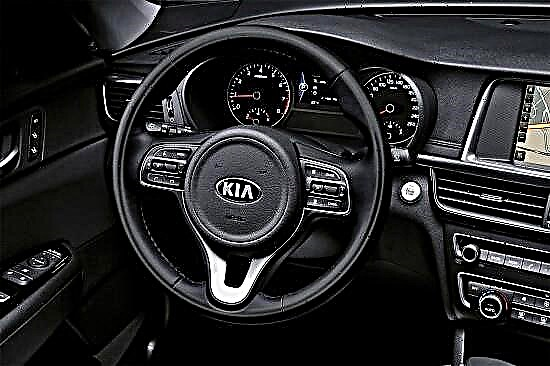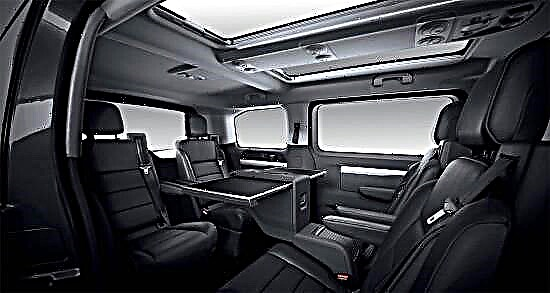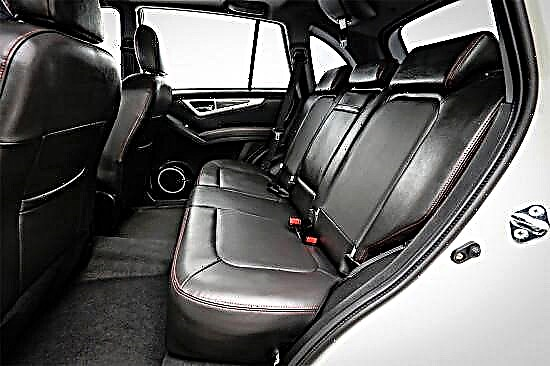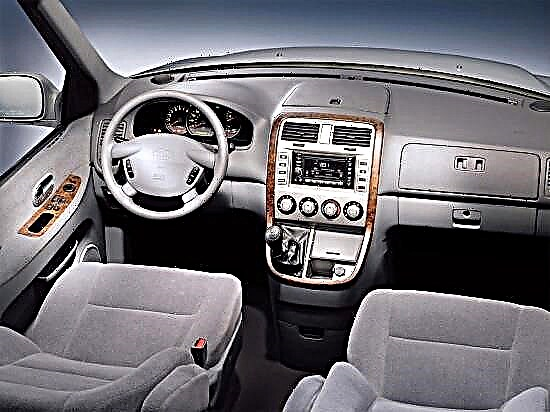The Kia Carnival minivan was first presented to the public in 1997 as a prototype, and its mass production in South Korea began in September 1998. In 2001, the car underwent a planned update, which made visible changes in the exterior and interior, expanded the list of available equipment and added power to the power plants, at the same time it was assembled at the Avtotor Kaliningrad plant. The production of the single volume was stopped in 2006 due to the “birth” of the next generation model.

The original "Carnival" is considered a full-size minivan with a seven-seater cabin organization and is 4925 mm long, 1735 mm high and 1900 mm wide.

The space between the wheelsets of the car is allocated 2905 mm, and the ground clearance is 170 mm.

Depending on the version, the "Korean" weighs from 1940 to 2085 kg in running order.

Under the hood of the first "release" of Kia Carnival, gasoline atmospheric "sixes" with a volume of 2.5-3.5 liters with a V-shaped configuration, distributed injection and a 24-valve timing belt were installed, developing 150-198 horsepower and 224-294 Nm of peak torque.
Offered for the minivan and a diesel four-cylinder turbo engine 2.9 liters, producing 144 "mares" and 310 Nm of torque. The engines were combined with a 5-speed "mechanics" or a 4- or 5-speed "automatic" and drive to the front axle.
"Carnival" of the first generation is based on a front-wheel drive "bogie" Kia Credos (aka Clarus) with a transversely located power unit, independent front and semi-independent rear suspension: in the first case, MacPherson struts are mounted, and in the second - an elastic beam.
The car is equipped with rack-and-pinion steering with hydraulic booster. The front wheels of the single-dispenser accommodate ventilated brake discs, and the rear wheels are content with drum devices (all versions have ABS).
The positive sides of the "first" Kia Carnival are a spacious interior, excellent sound insulation, many transformation options, high ride comfort, powerful enough engines, comfortable suspension, good equipment and decent reliability.
But there are also disadvantages in its arsenal - a large turning radius, high "eating" of fuel, pronounced rolls in corners and modest dynamics.



